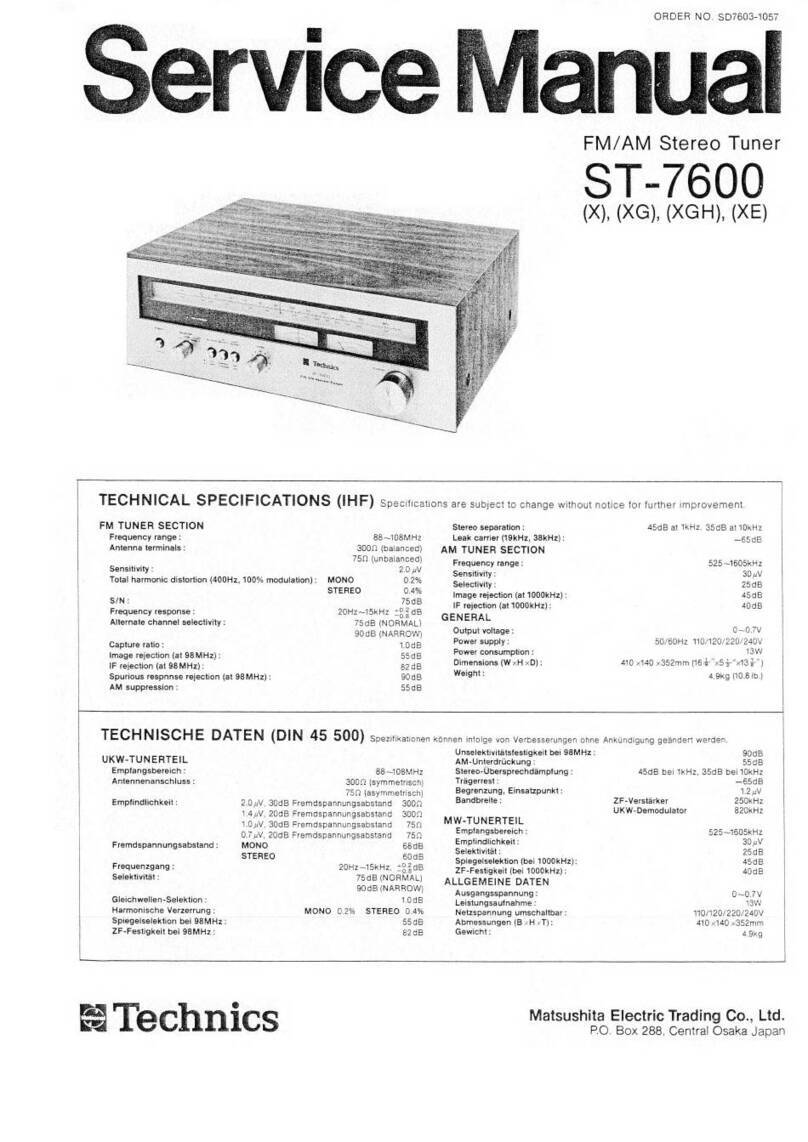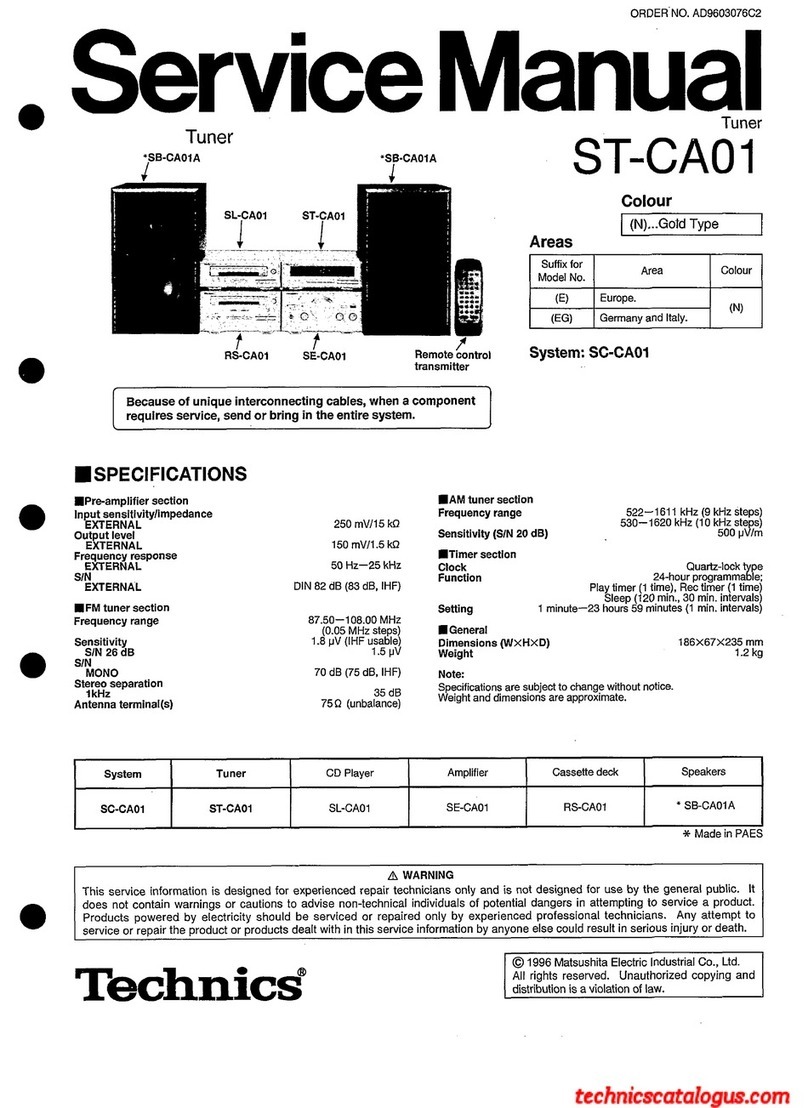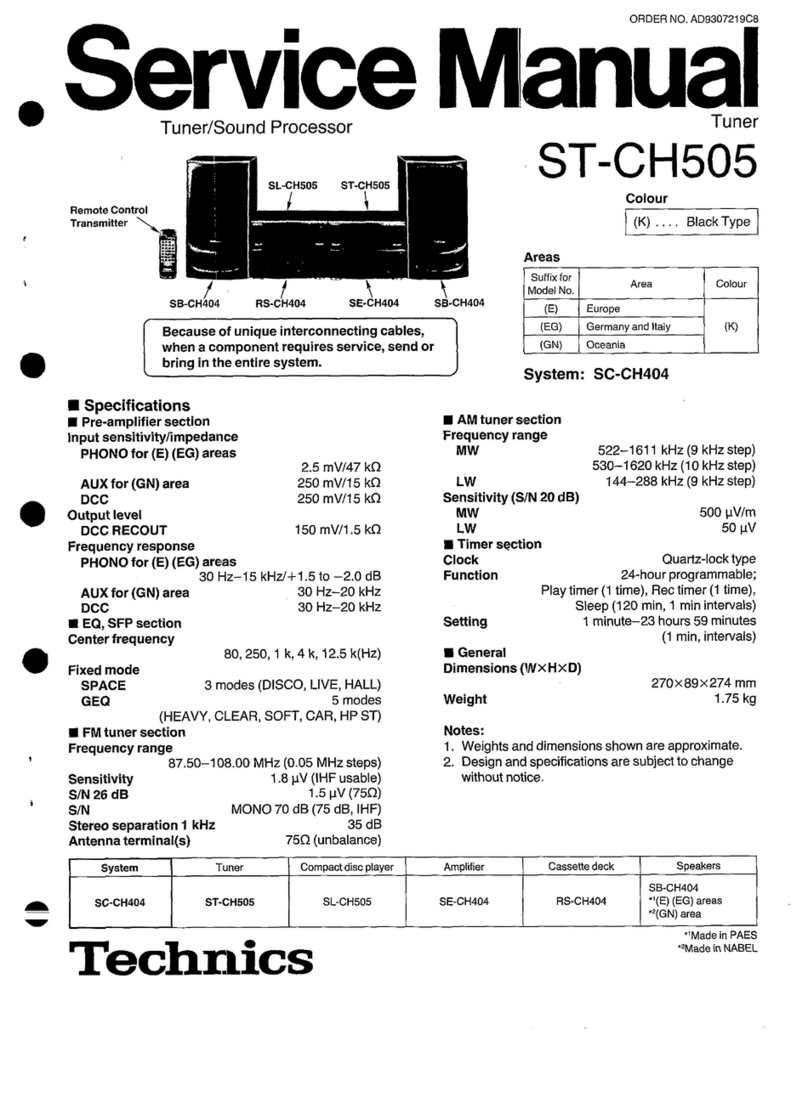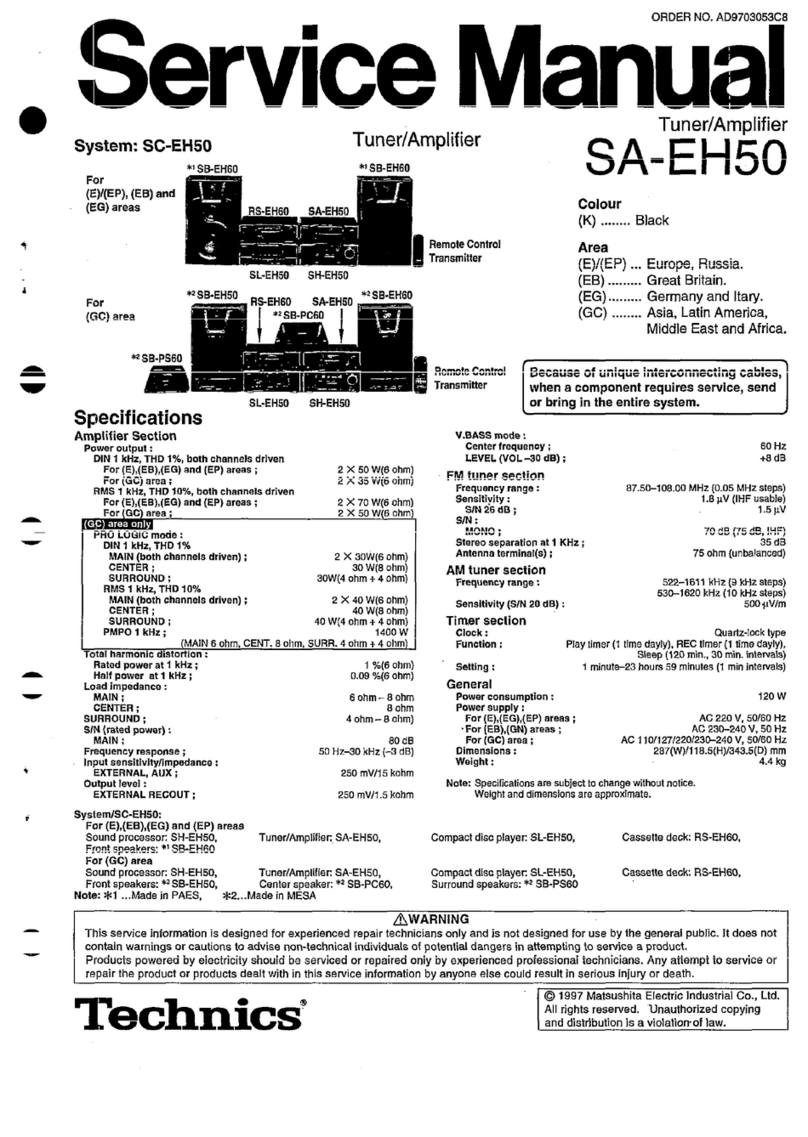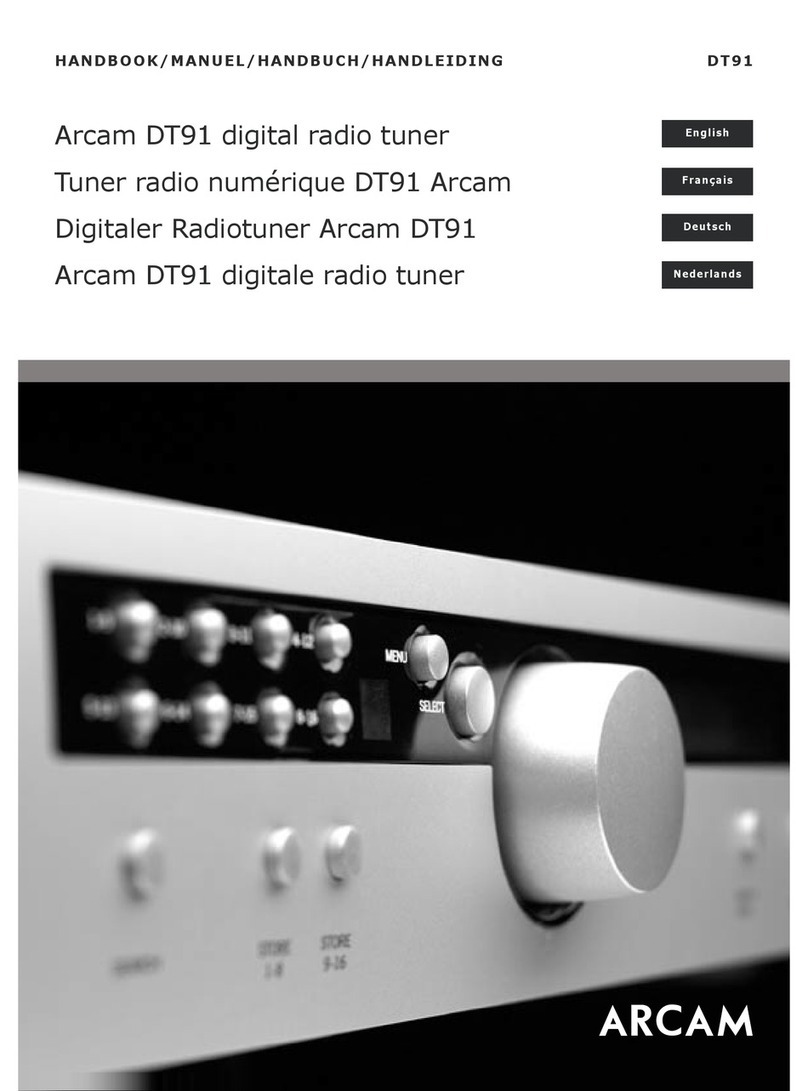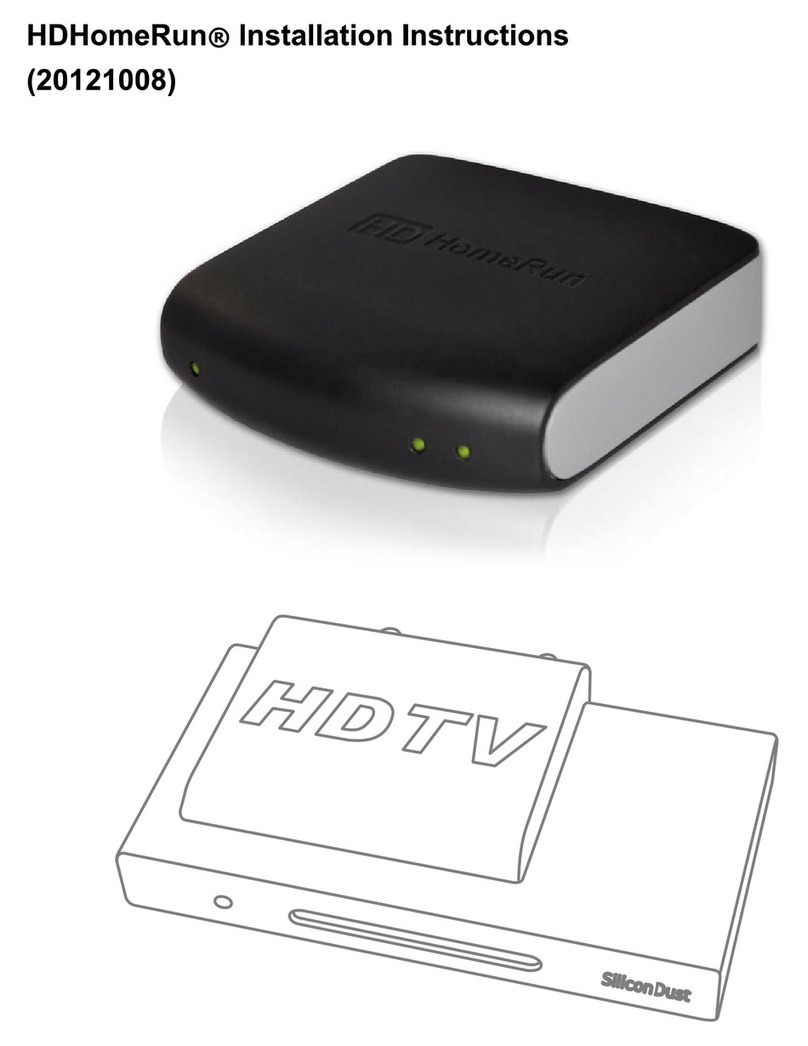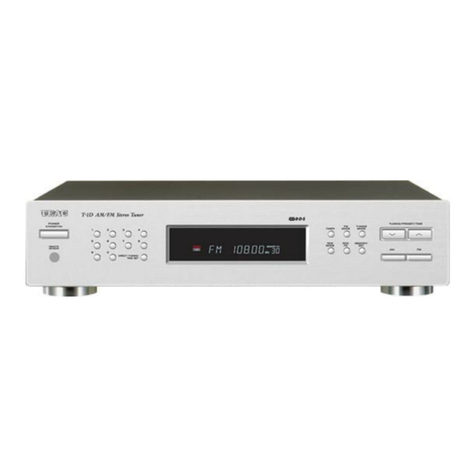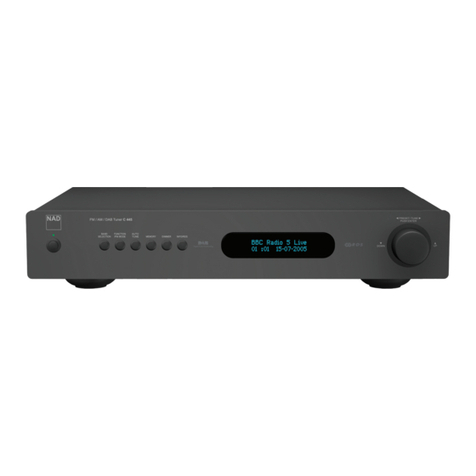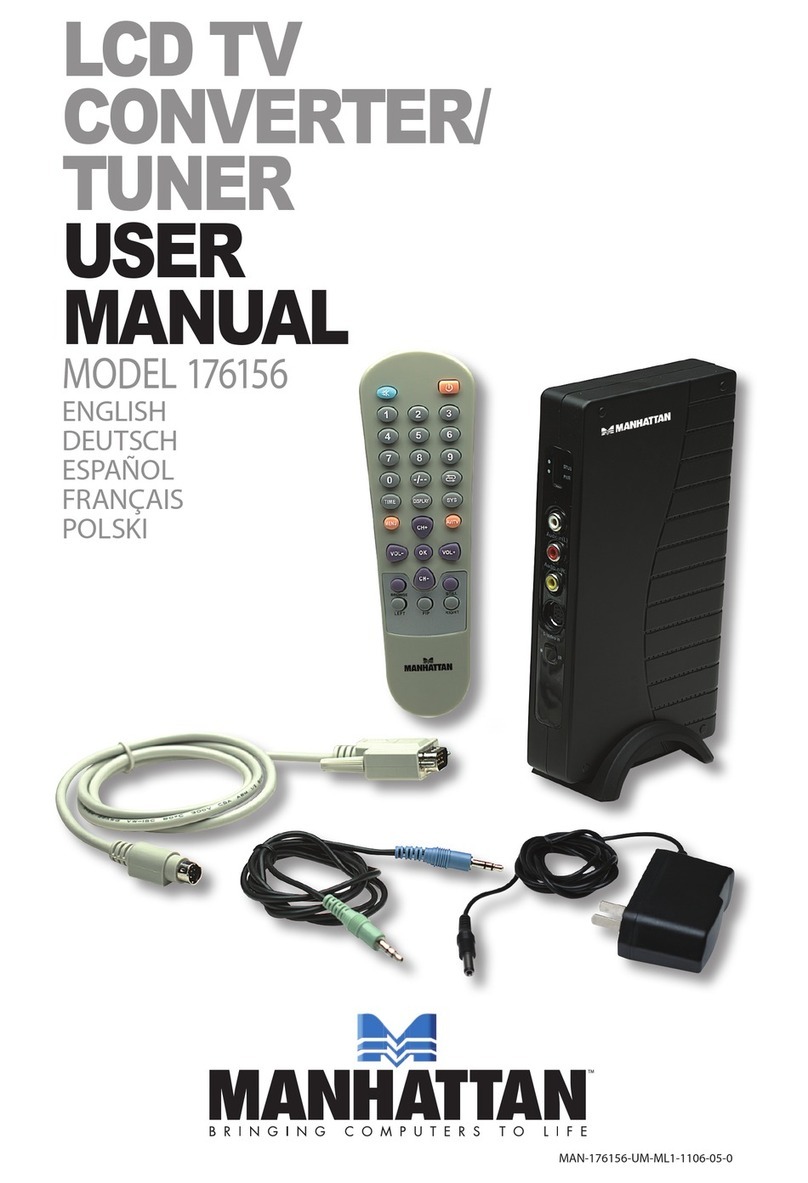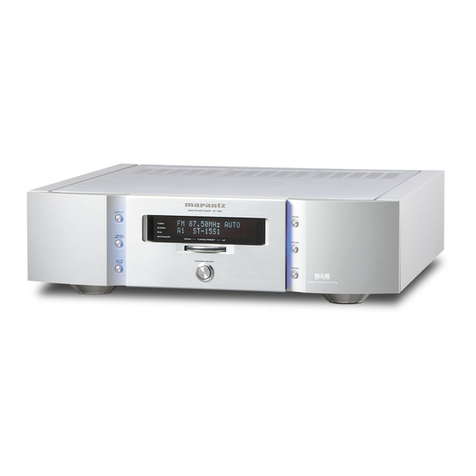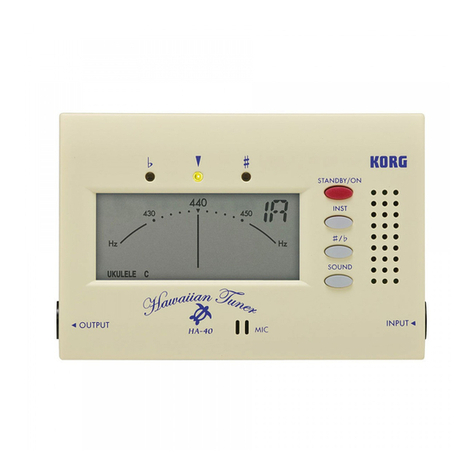Technics Quartz ST-G7 User manual
Other Technics Tuner manuals
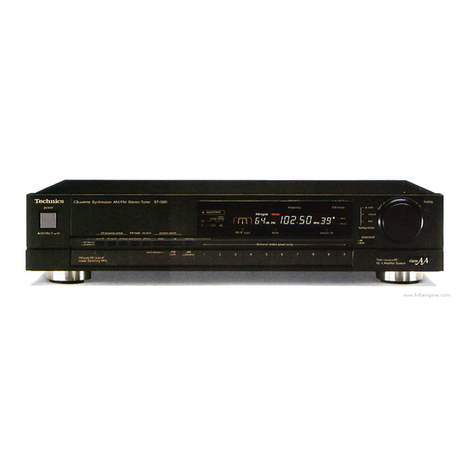
Technics
Technics ST-G90 User manual

Technics
Technics ST-X301L User manual

Technics
Technics ST-GT350 User manual

Technics
Technics QUARTZ ST-X999L User manual
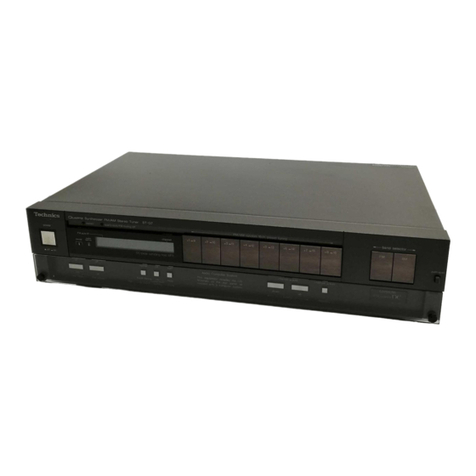
Technics
Technics Quartz ST-G7 User manual
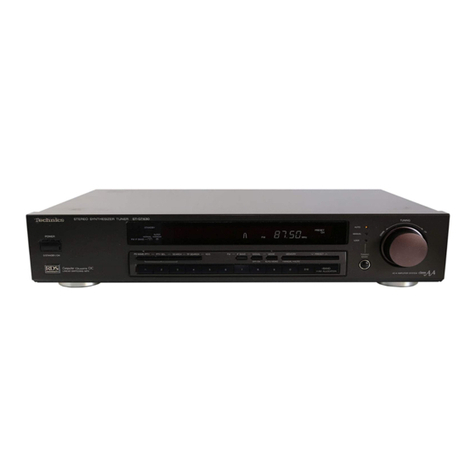
Technics
Technics ST-GT630 User manual
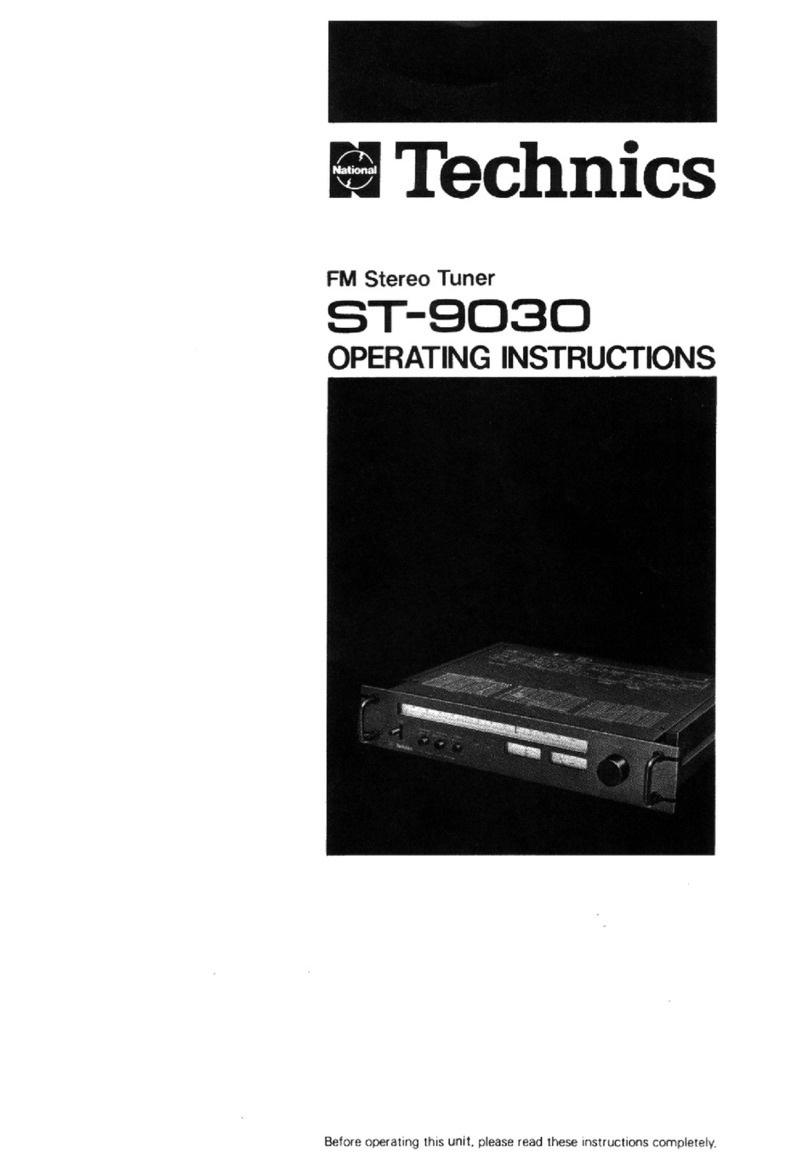
Technics
Technics ST-9030 User manual

Technics
Technics ST-S4T User manual

Technics
Technics ST-8080 User manual
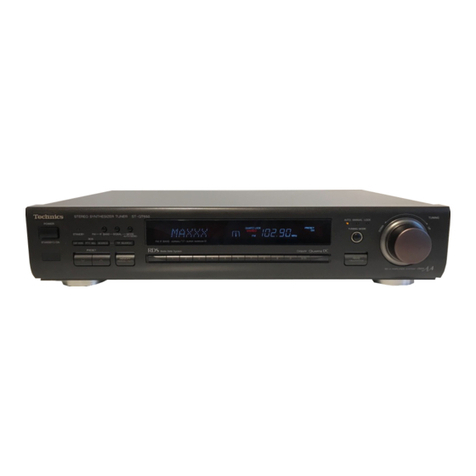
Technics
Technics ST-GT650 User manual
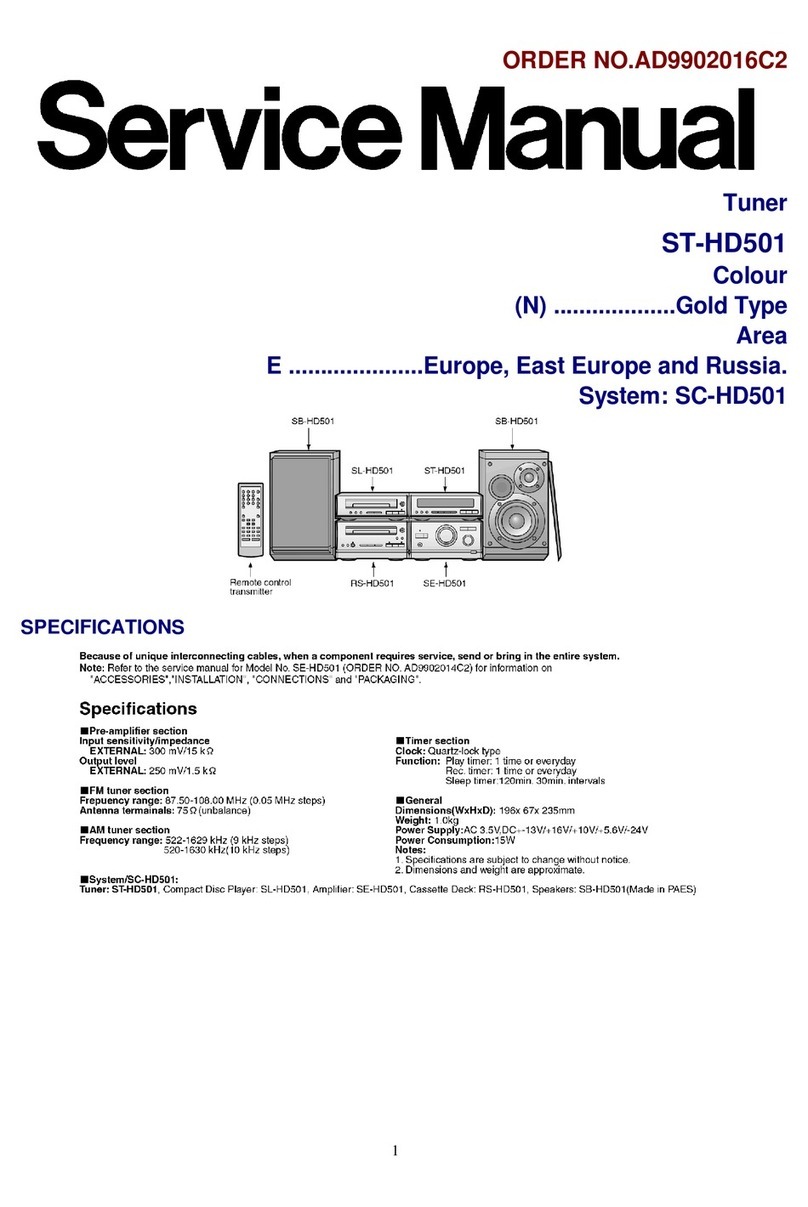
Technics
Technics ST-HD501 User manual
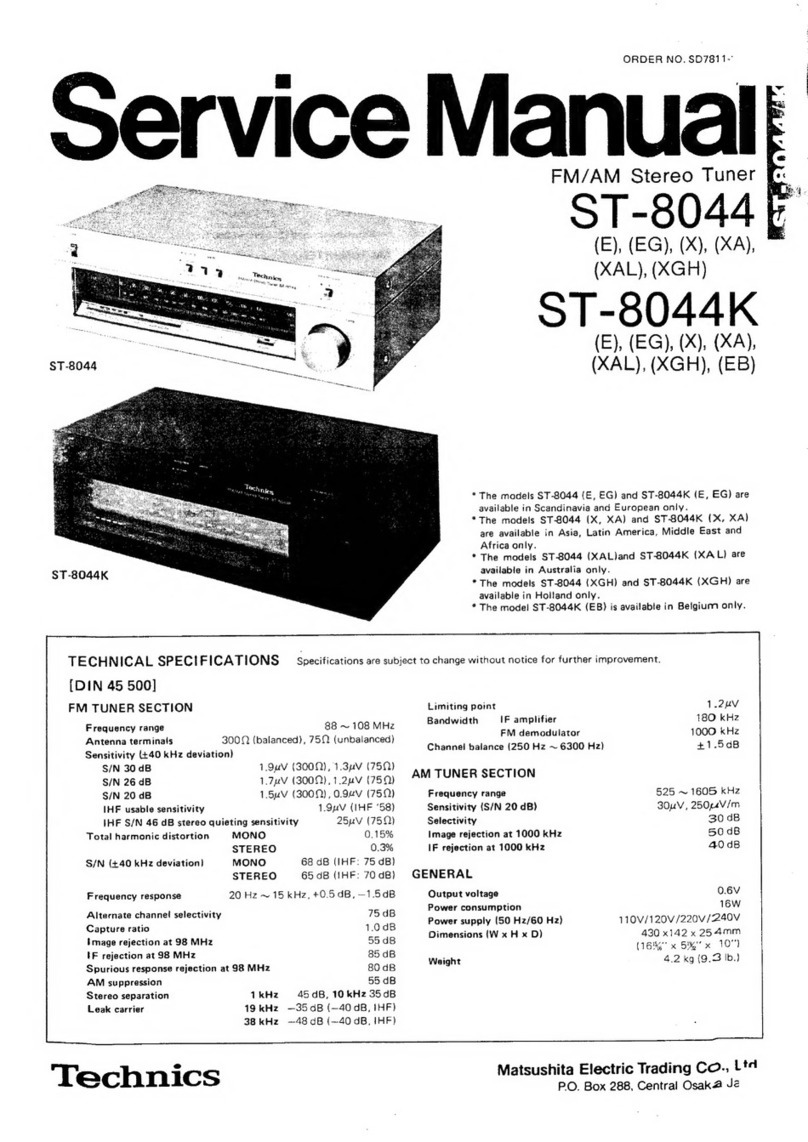
Technics
Technics ST-8044 User manual
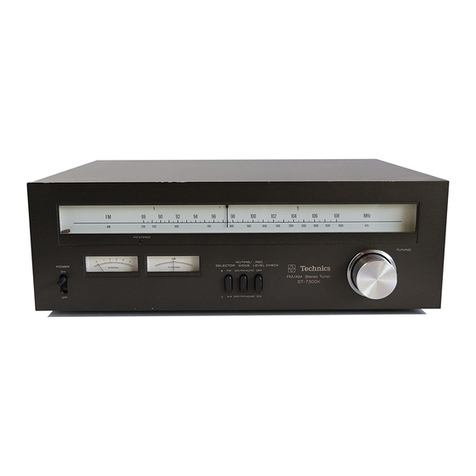
Technics
Technics ST-7300 User manual

Technics
Technics ST-G560L User manual
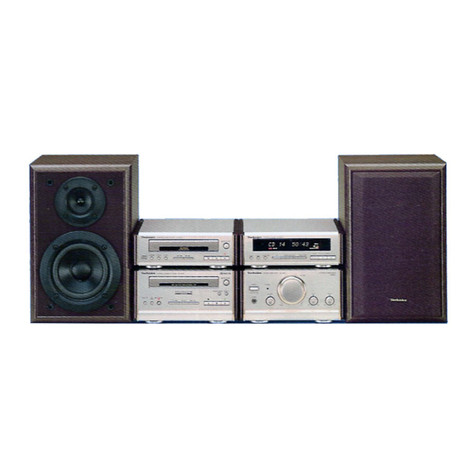
Technics
Technics ST-HD51 User manual
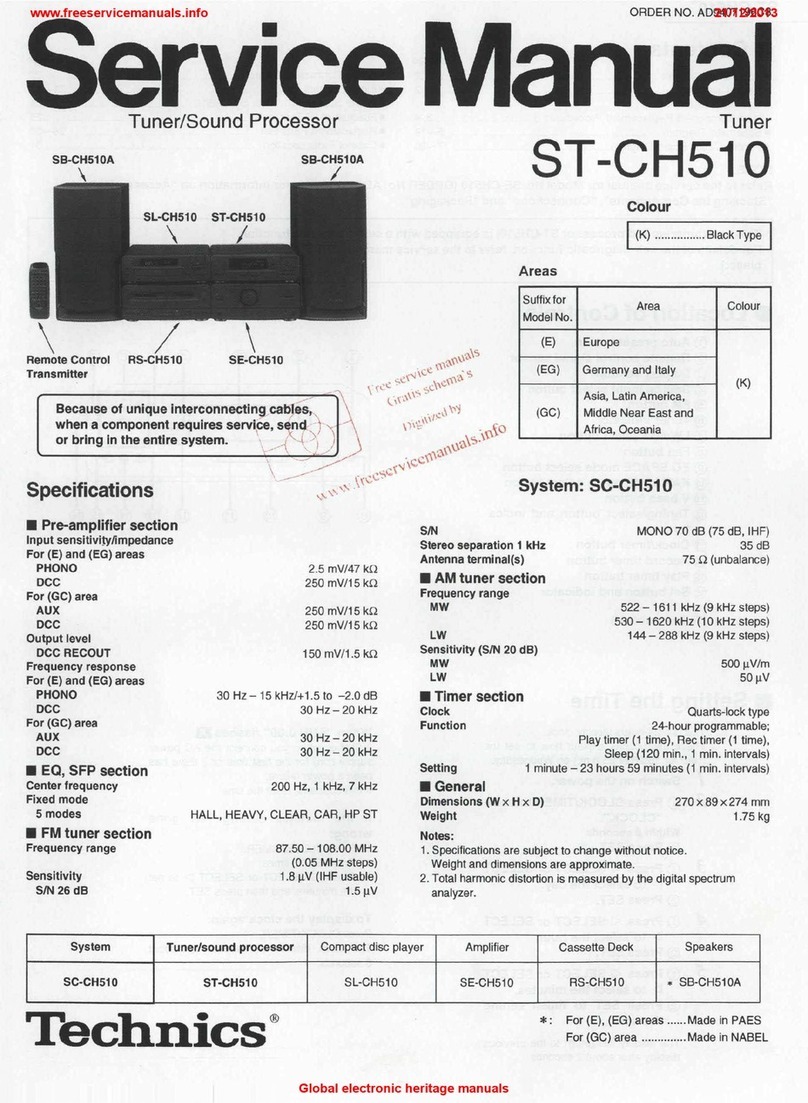
Technics
Technics st-ch510 User manual
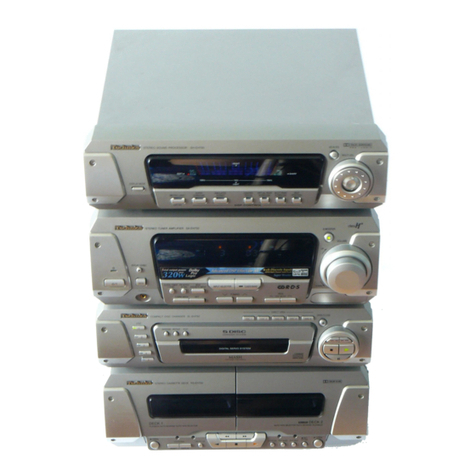
Technics
Technics SA-EH750 User manual
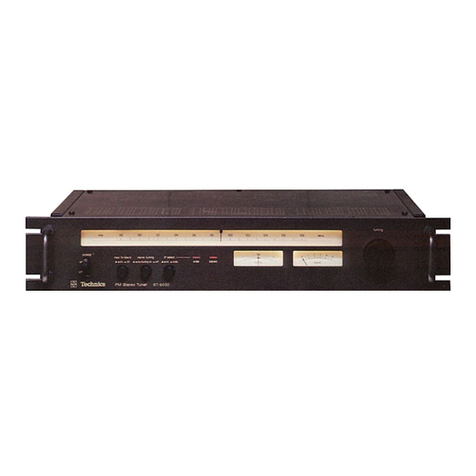
Technics
Technics ST-9030 User manual
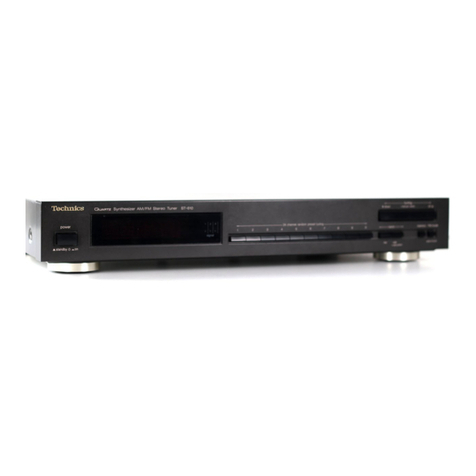
Technics
Technics ST-610L Building instructions
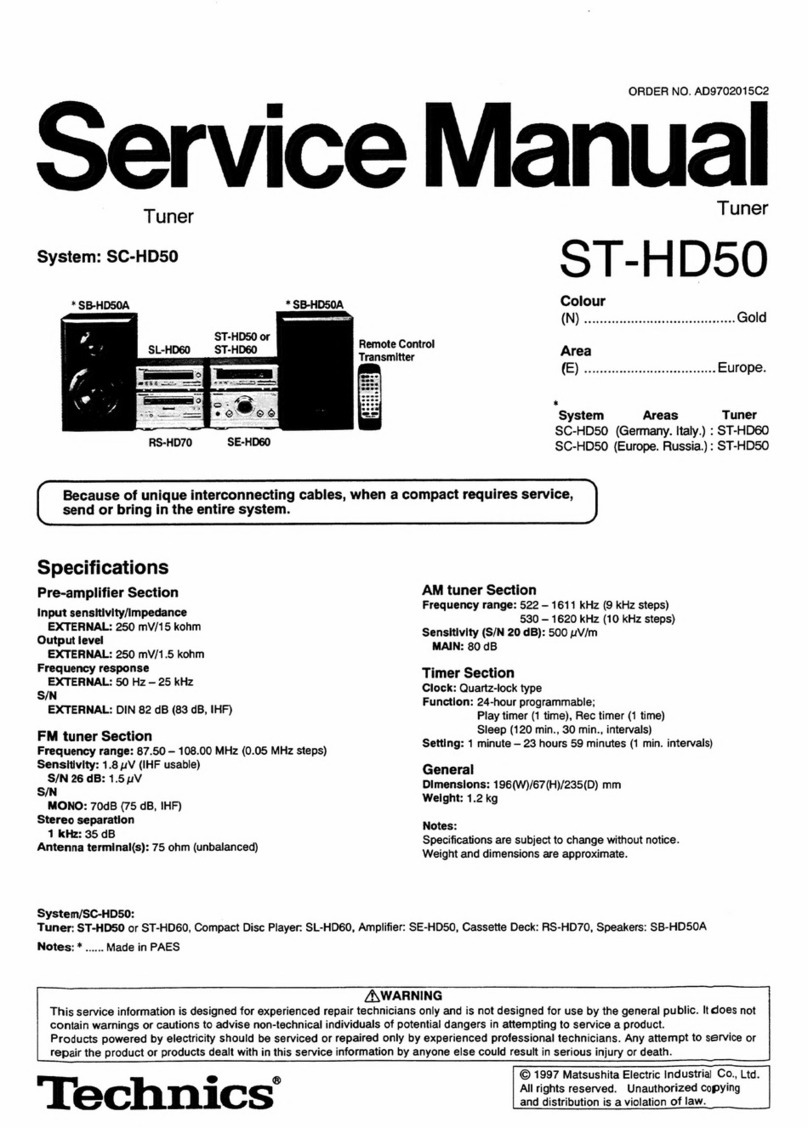
Technics
Technics ST-HD50 User manual
Popular Tuner manuals by other brands
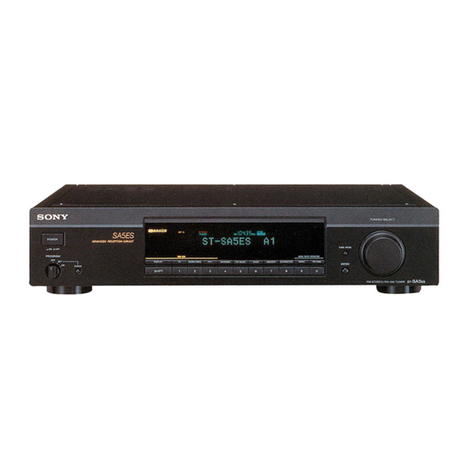
Sony
Sony ST-SA5ES operating instructions

Pioneer
Pioneer GEX-P700DAB Operation manual
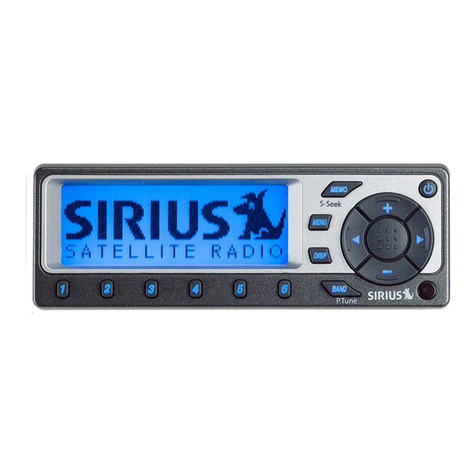
Sirius Satellite Radio
Sirius Satellite Radio SC-FM1 user guide

Antique Automobile Radio
Antique Automobile Radio 283501B Installation and operating instructions
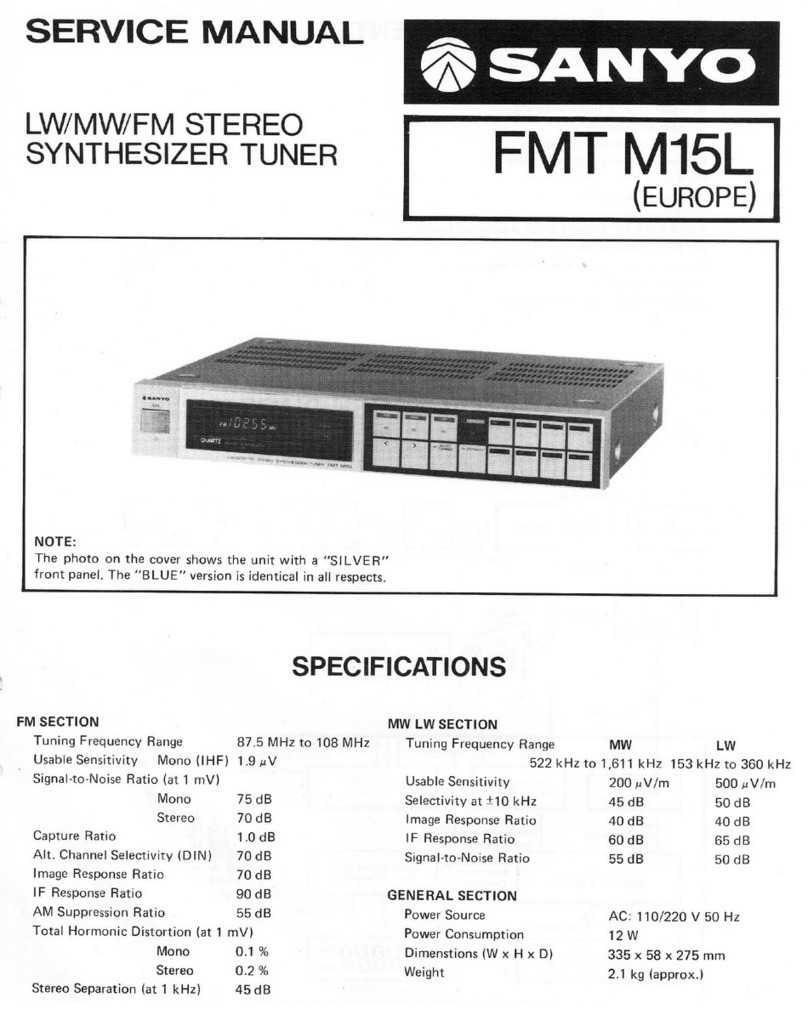
Sanyo
Sanyo FMT M15L Service manual
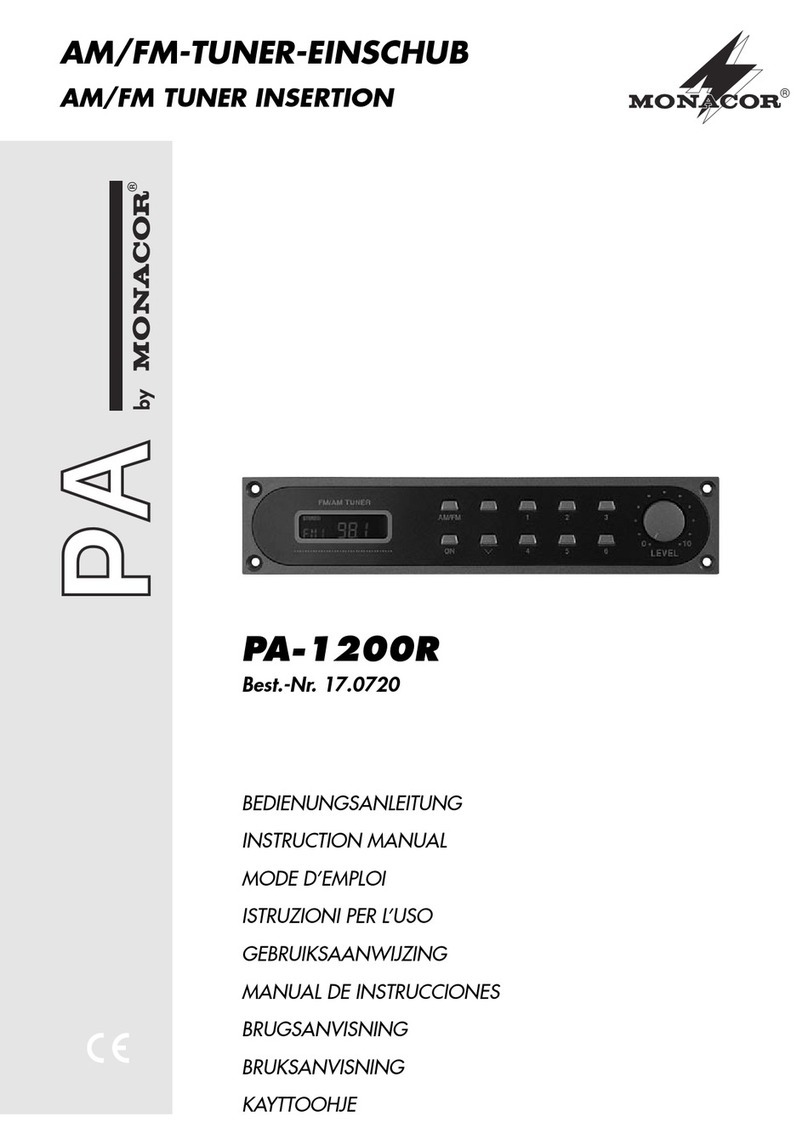
Monacor
Monacor PA-1200R instruction manual
